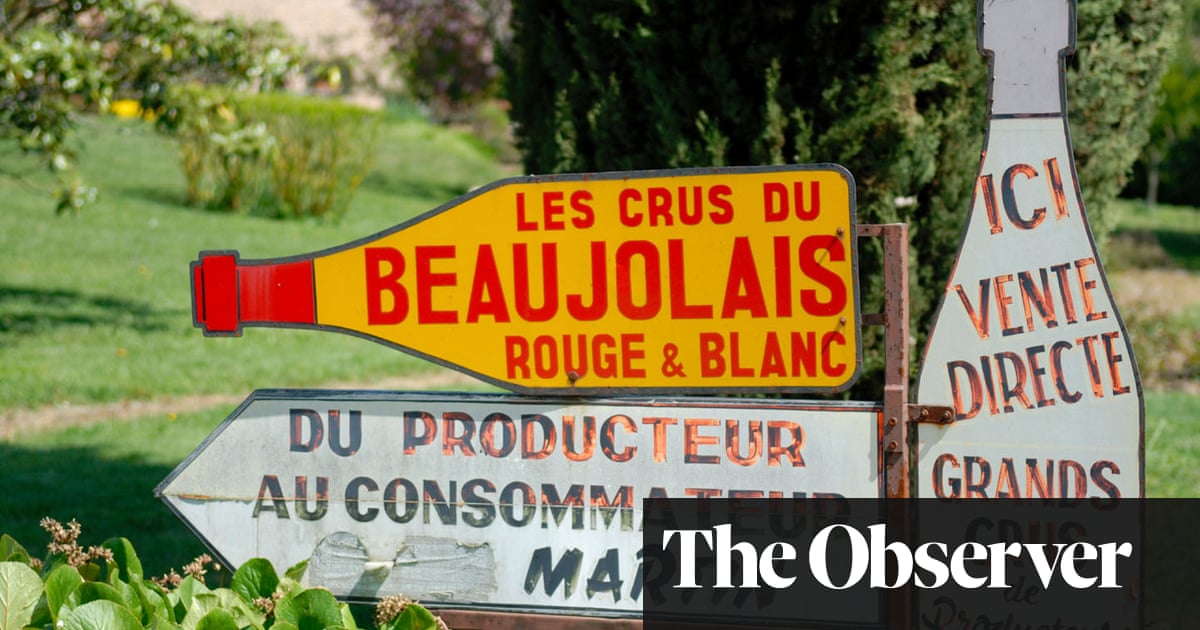
Cave de Fleurie Beaujolais-Villages, France 2021 (from £11.50, CH Wines; Cambridge Wine) This year’s Beaujolais Nouveau is nearly arrivé, with the fresh-out-of-the-press young wines set to be released around the world on Beaujolais Nouveau Day, which this year falls on 16 November. This celebration of Beaujolais’ least interesting wines has had a bit of a retro-inspired revival and, in fact, some of the better modern examples are more fun to drink than the acidic bubblegum-and-banana that used to be churned out in the 1970s and 1980s. For many, however, the continued existence of the annual nouveau circus is an annoying distraction from the improving quality of the region’s more conventional output, and from effortlessly gluggable ‘glou glou’ red wines, such as the Beaujolais-Villages made by the local co-operative in the village of Fleurie.
Domaine Matray Juliénas Vieilles Vignes, Beaujolais, France 2017 (£19.28, Alpine Wines) The wines of the Beaujolais-Villages appellation can be brilliant value, offering joyous juiciness for drinking by the pichet in a classic French bistro. Recent standouts include the bright and crunchy Château d’Emeringes Vieilles Vignes 2022 (£9.50, thewinesociety.com) and the super-slinky Domaine de Vavril Gamay Noir 2022 (£14.25, or £12.65 as part of a mixed case, hhandc.co.uk). But the reason so many merchants and importers have begun to see the wines made from the gamay grape in Beaujolais as genuine alternatives to the ever-more expensive pinot noir reds of Burgundy a little further north is the quality of the wines from its 10 top villages, or ‘crus’, wines such as Domaine Matray’s cherry-skin-plush bottling from Juliénas.
Antoine Sunier Régnié, Beaujolais, France 2022 (£23.02, Stannary Wine) Beaujolais’ other claim to fame is its crucial role in the development of natural wine. Partly in reaction to what they saw as an increasingly industrial approach to winemaking in the 80s, a group of vignerons were among the first to develop the minimal chemical approach that has inspired so many winemakers. The Beaujolais natural wine scene is still buoyantly influential, with many of the best bottles made by growers working in or around that milieu. Among my favourites are wines by brothers Antoine and Julien Sunier, who each produce wines at their own independent domaines. I loved the super-sappy vibrancy of Julien Sunier Wild Soul 2022 (£21.95, bbr.com; robersonwine.com; wineandgreene.com), while Antoine’s Réginié cru is compulsively drinkable but nuanced, full of pure wild cherry tones.












